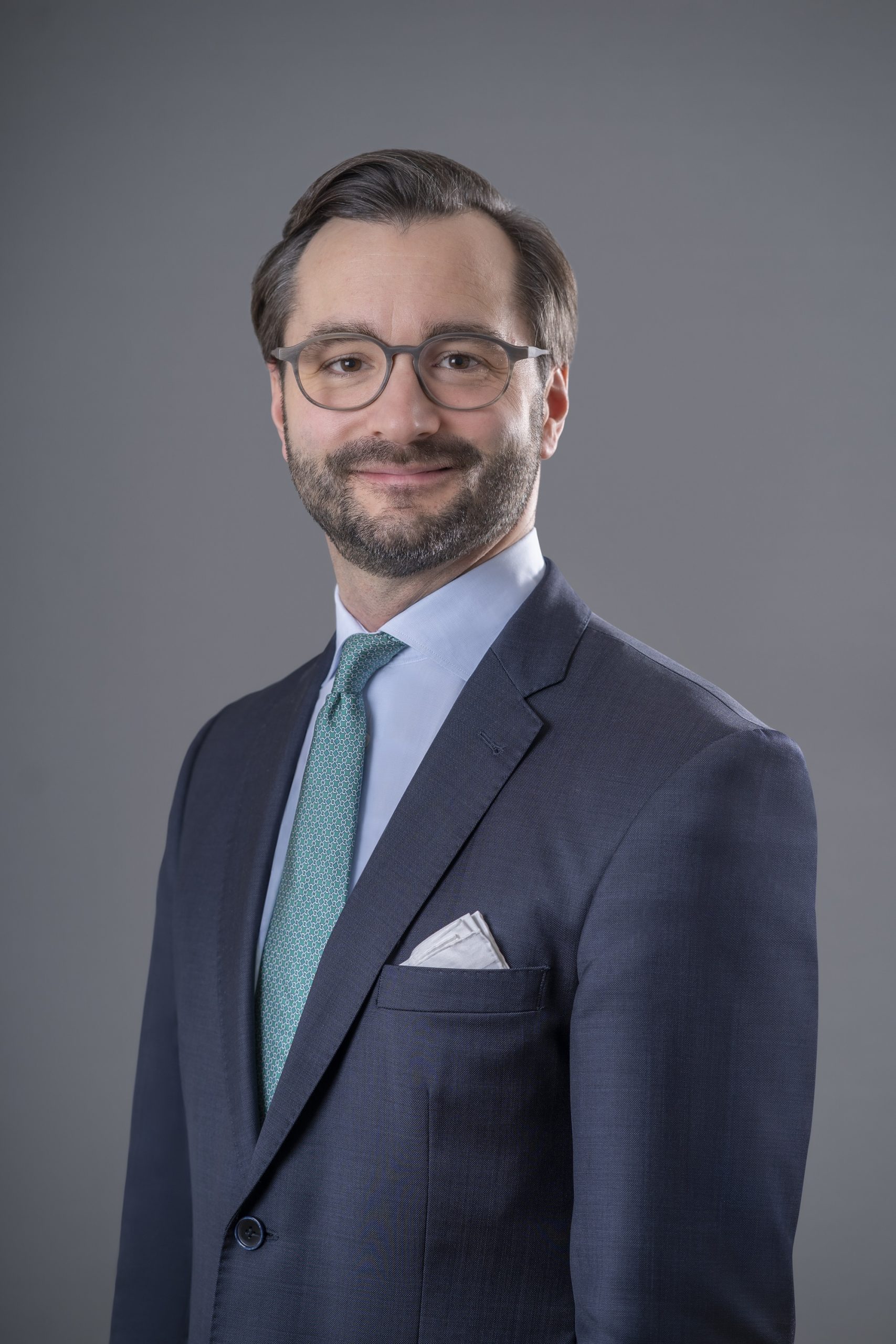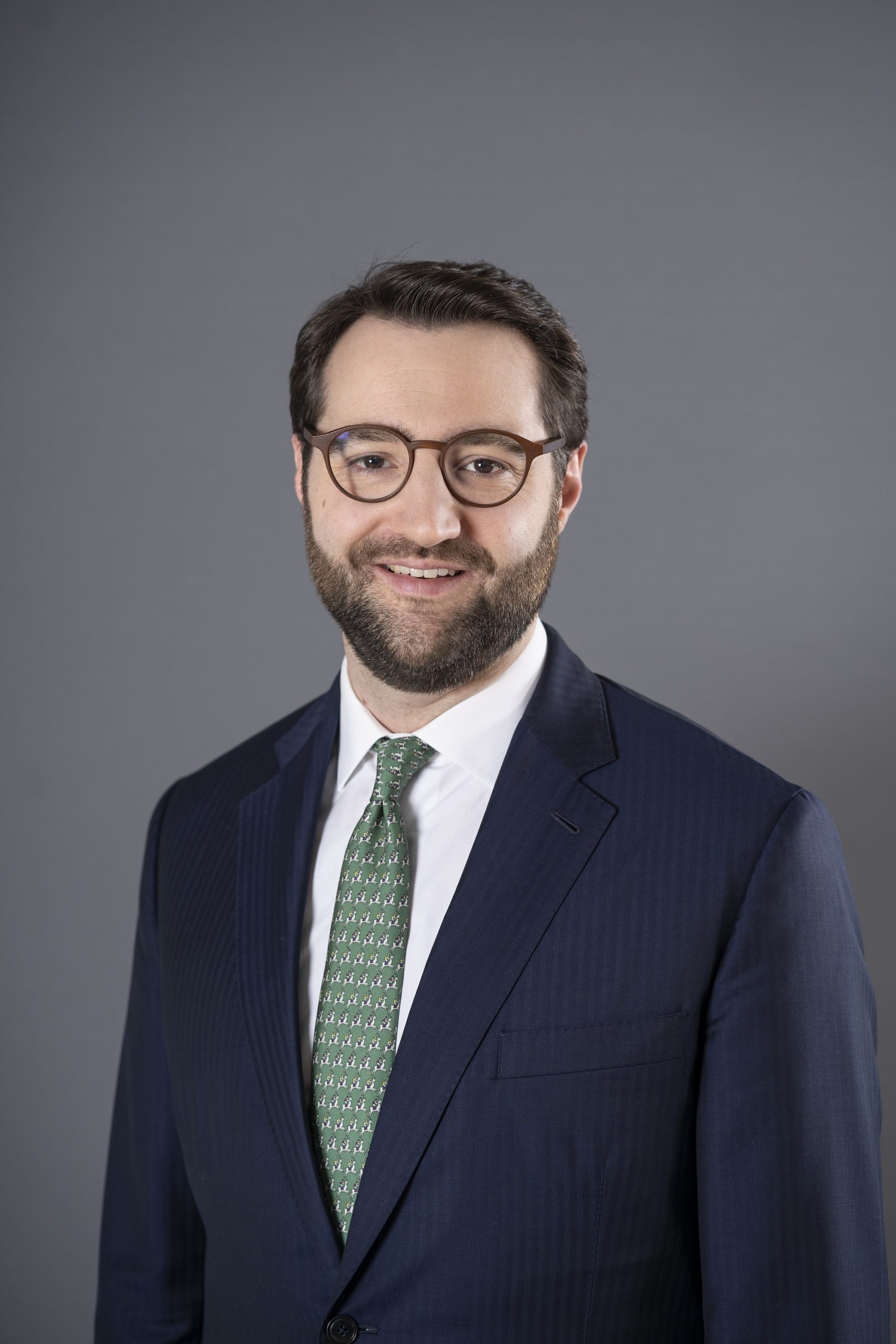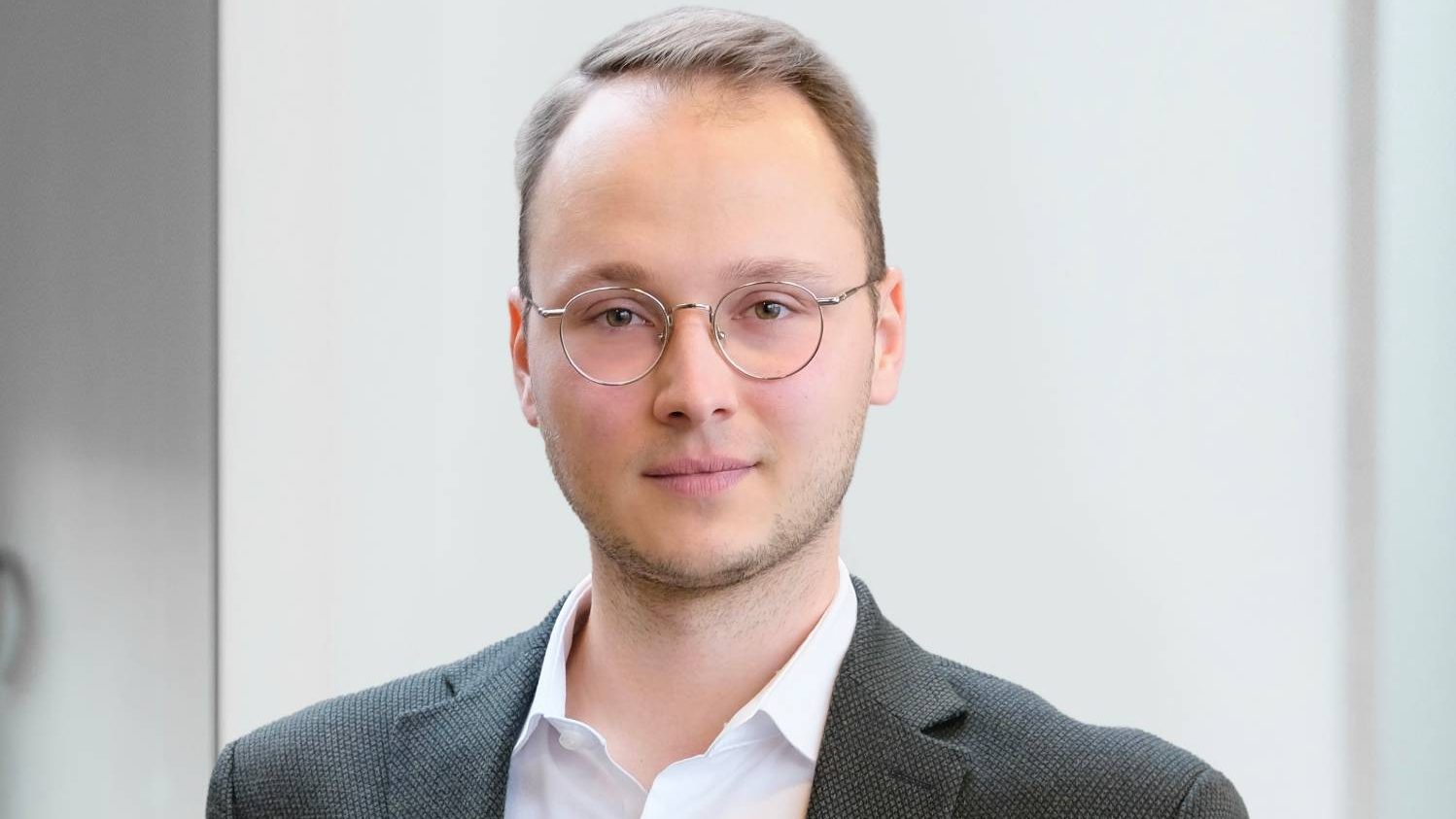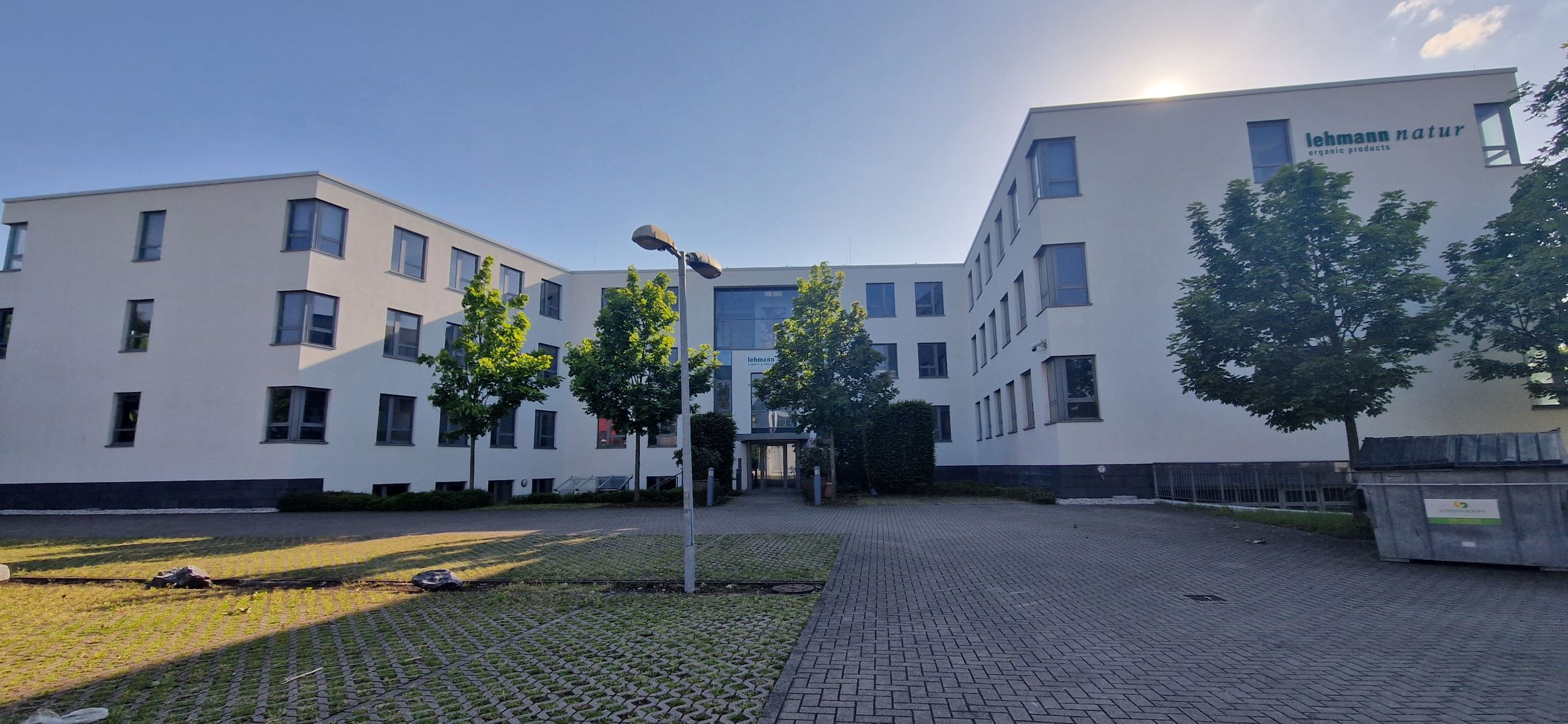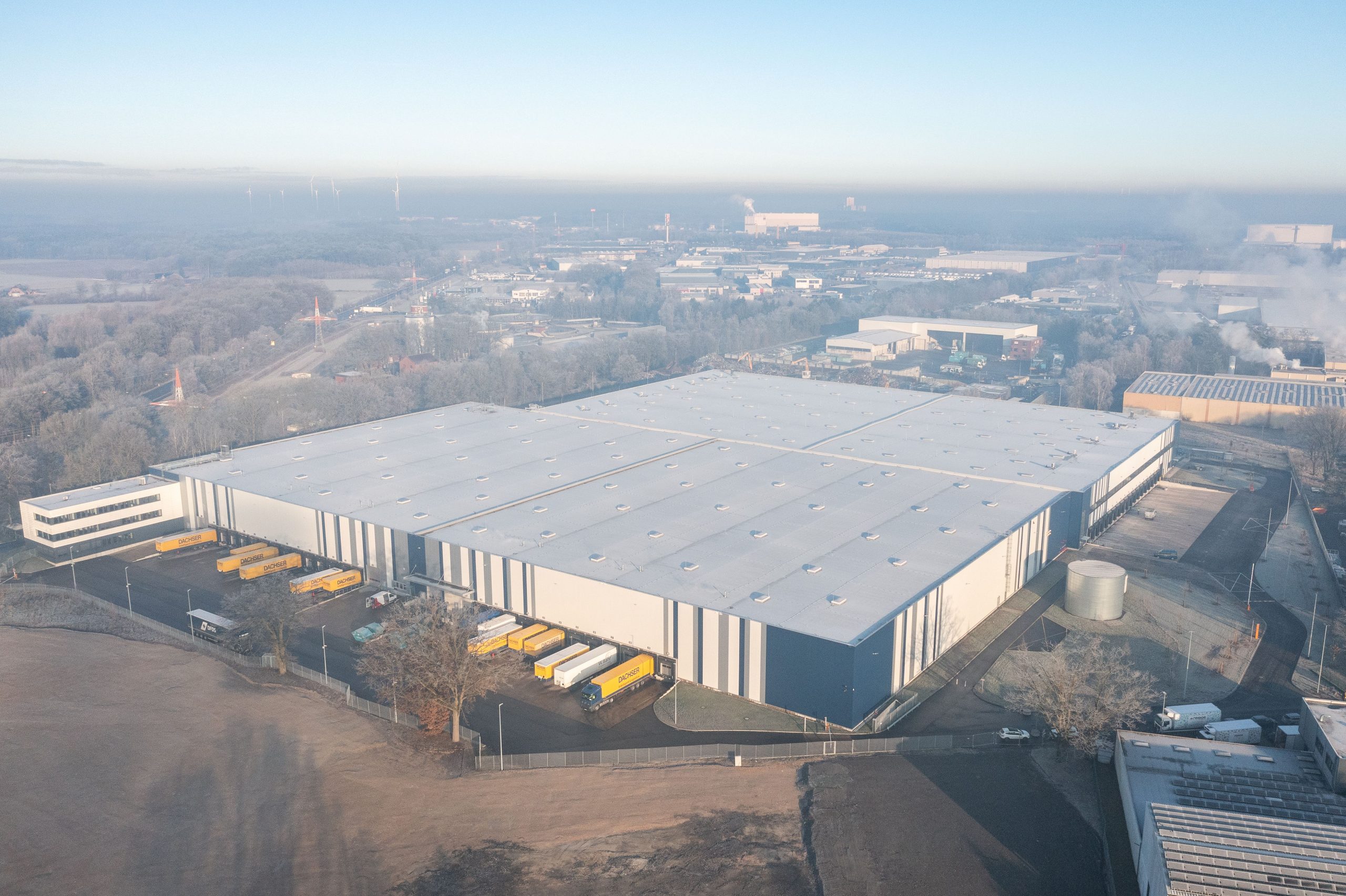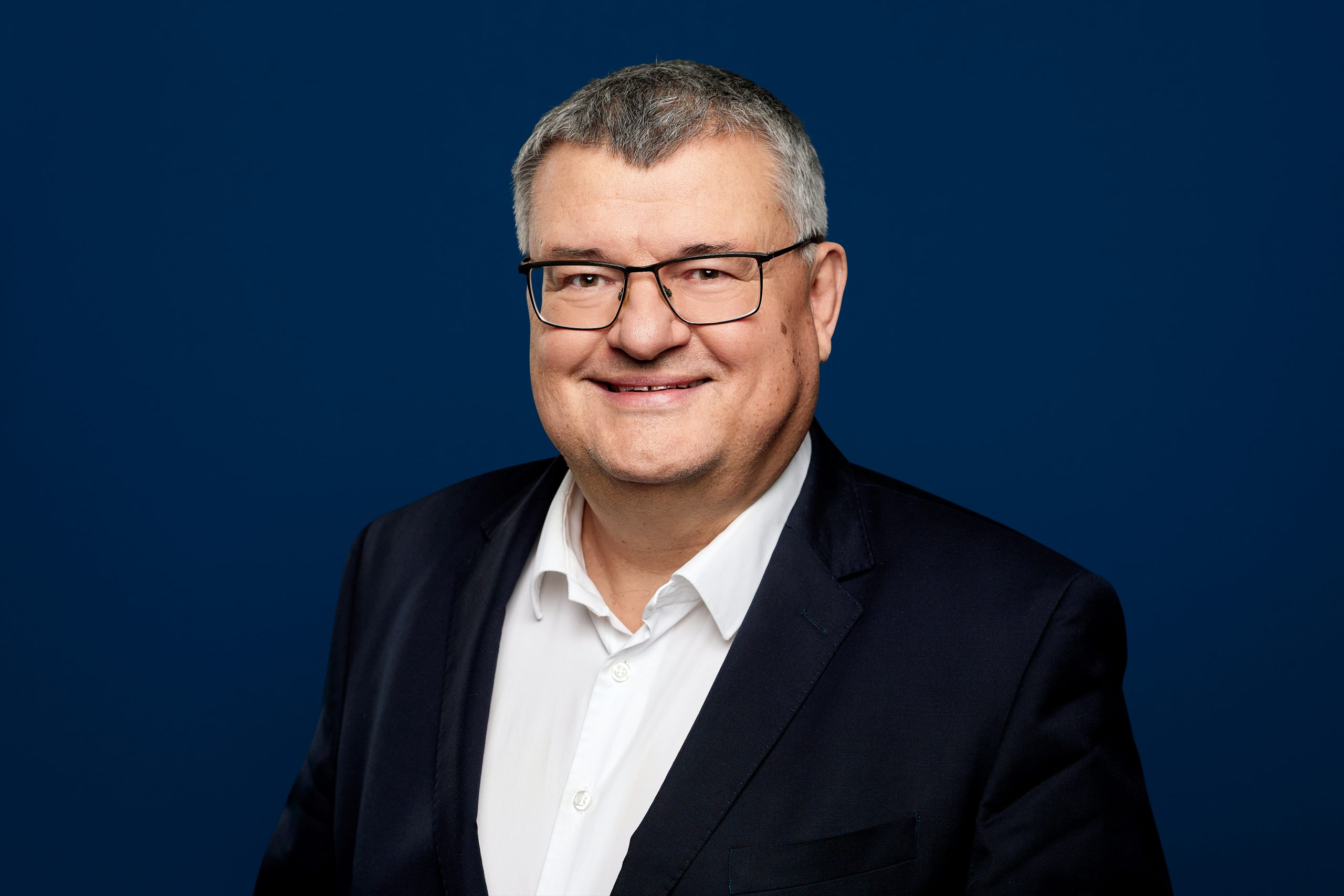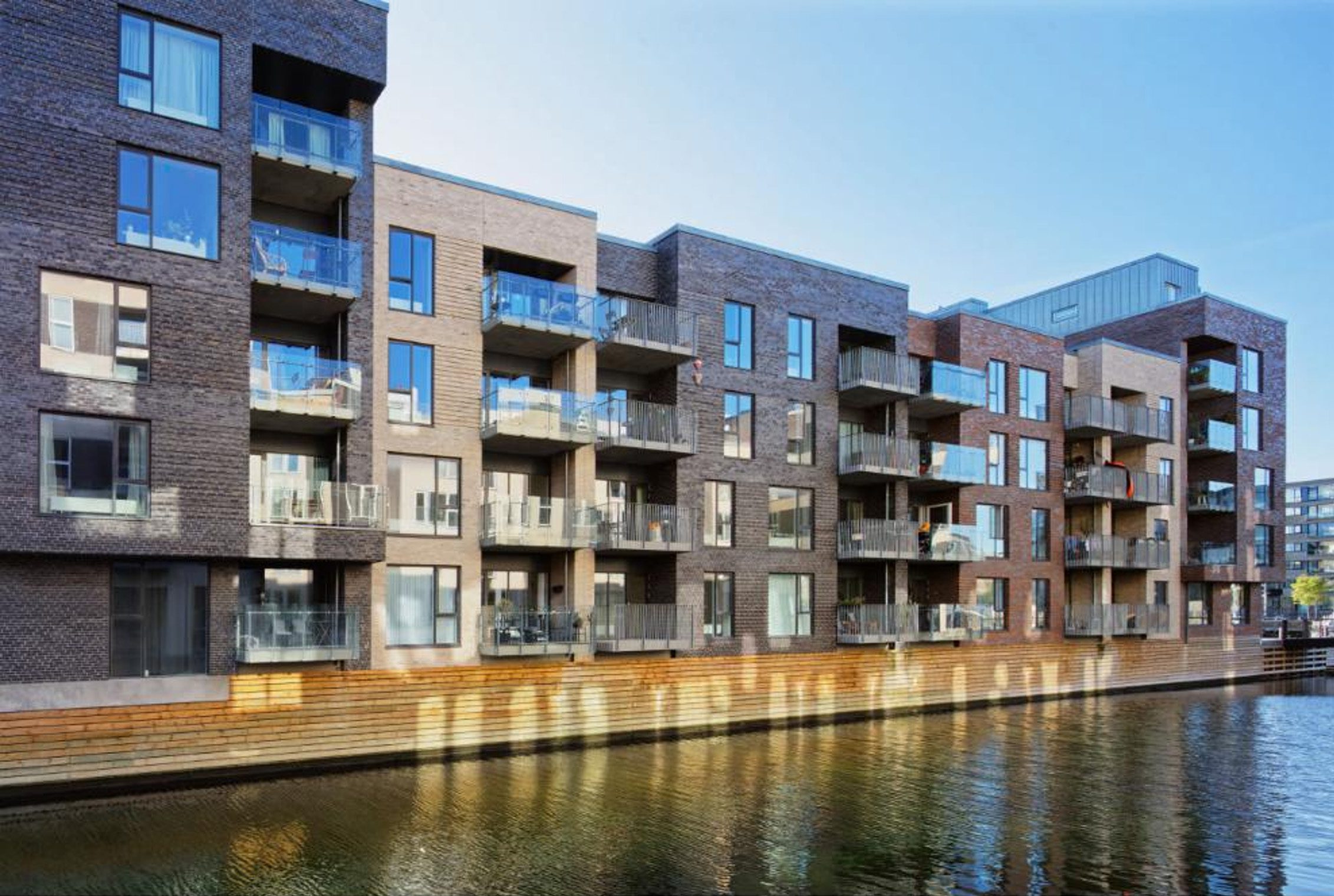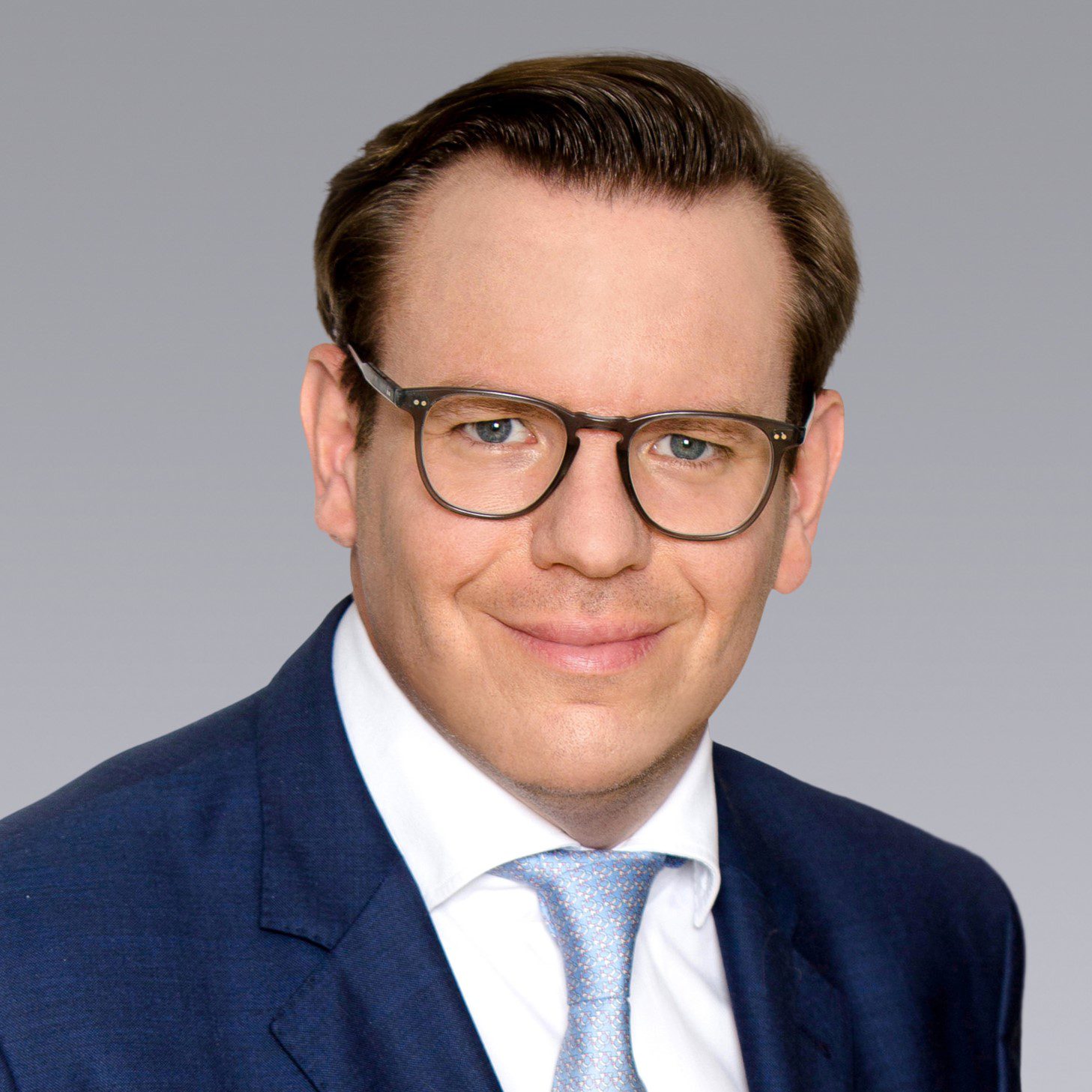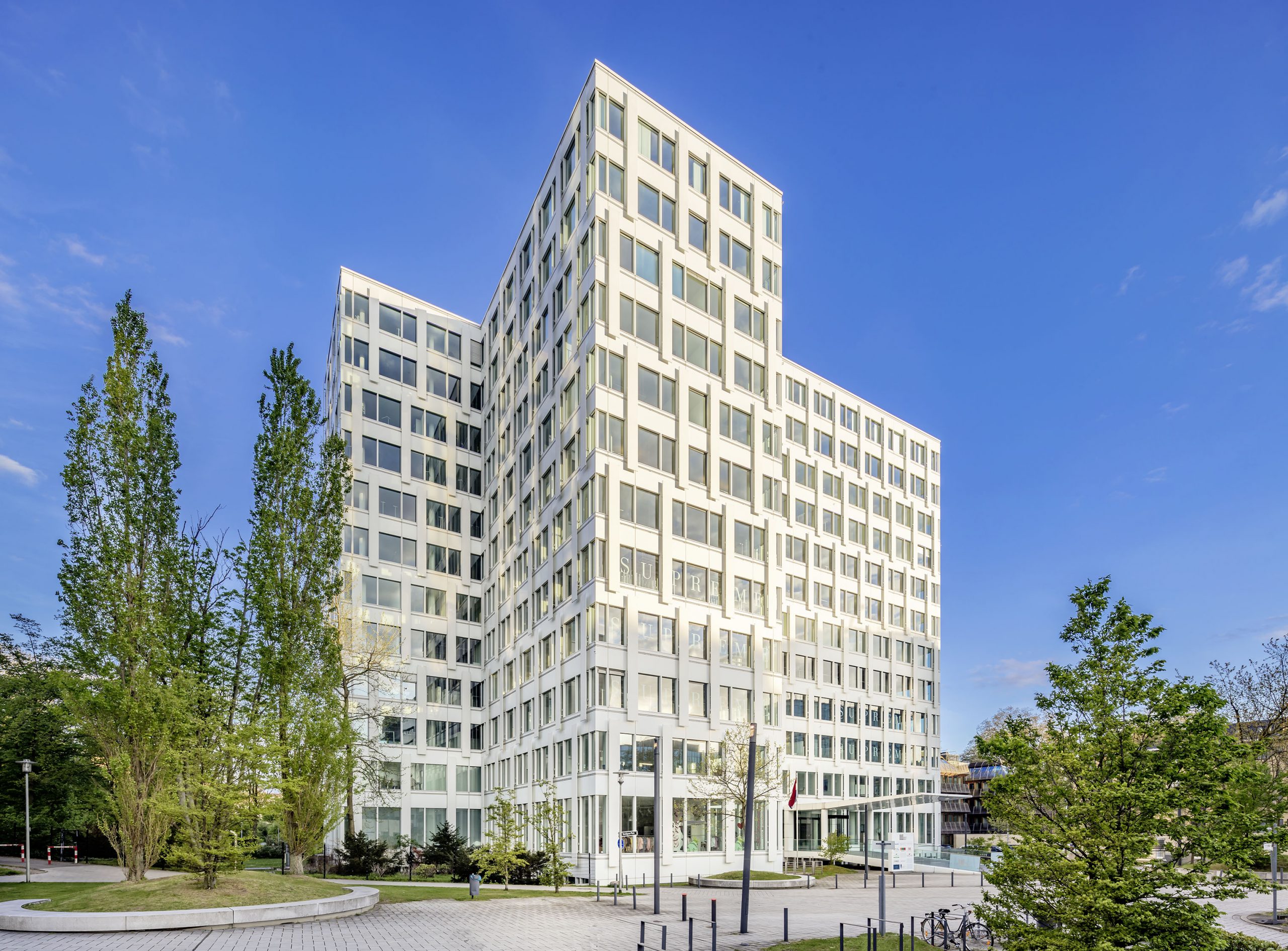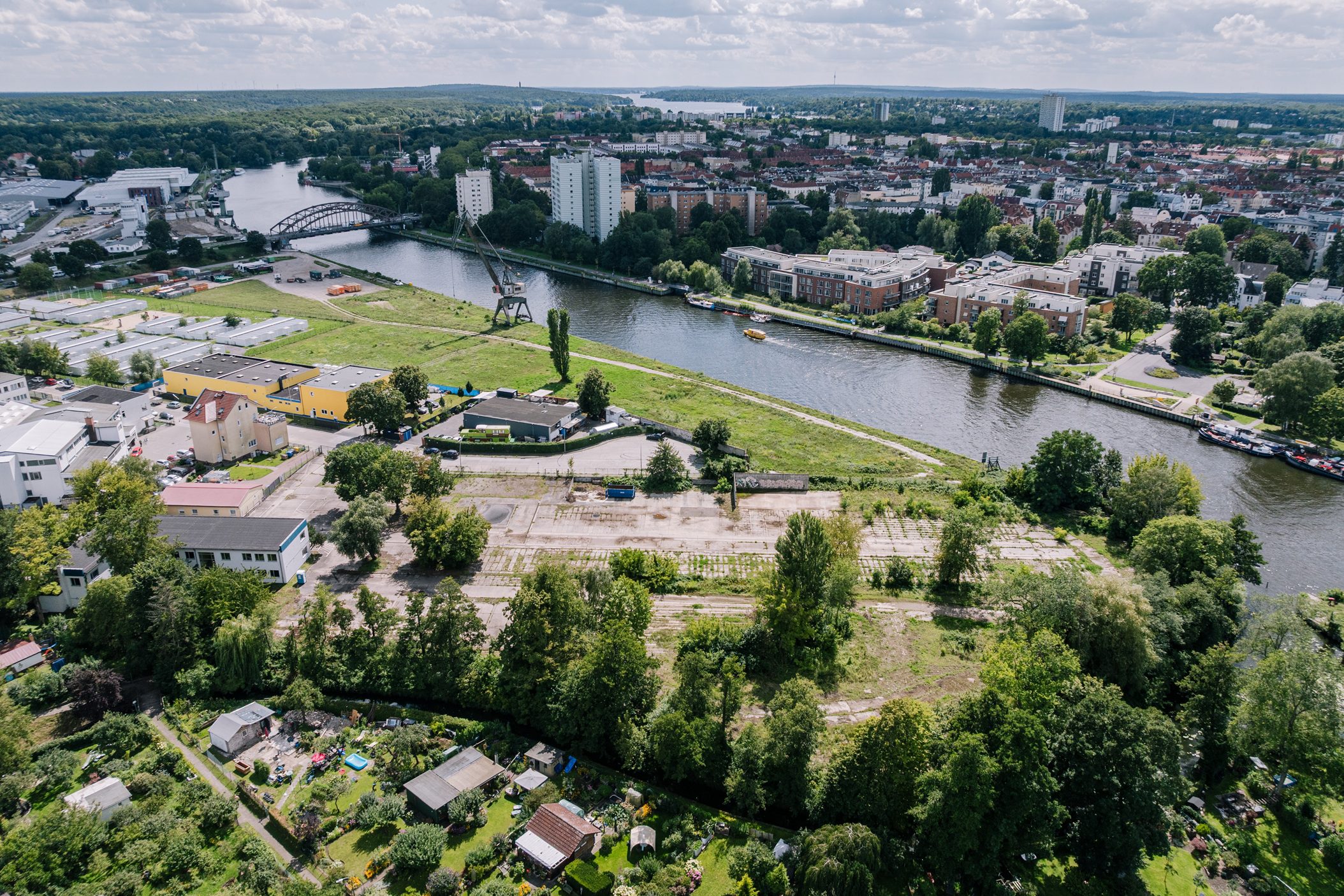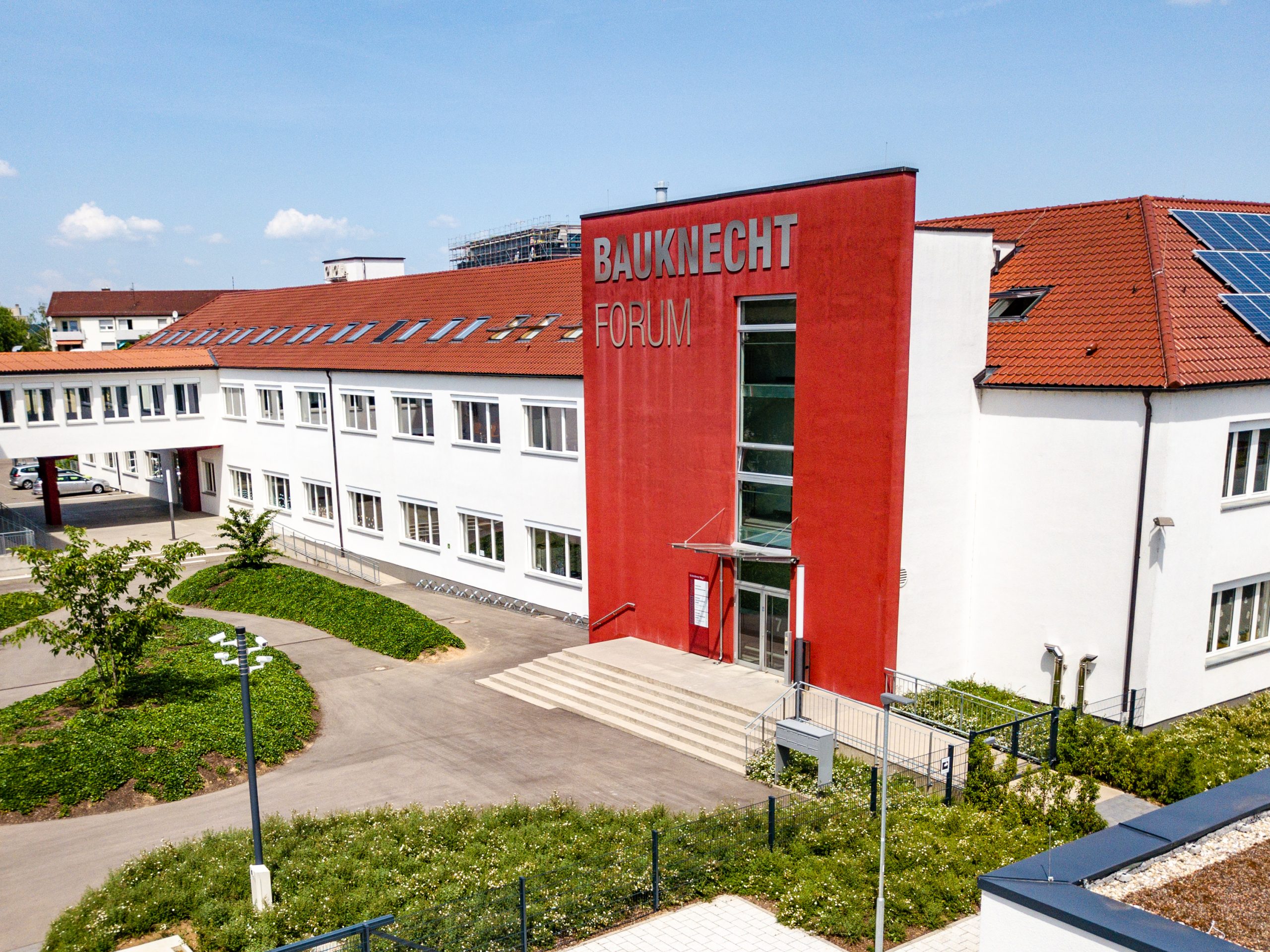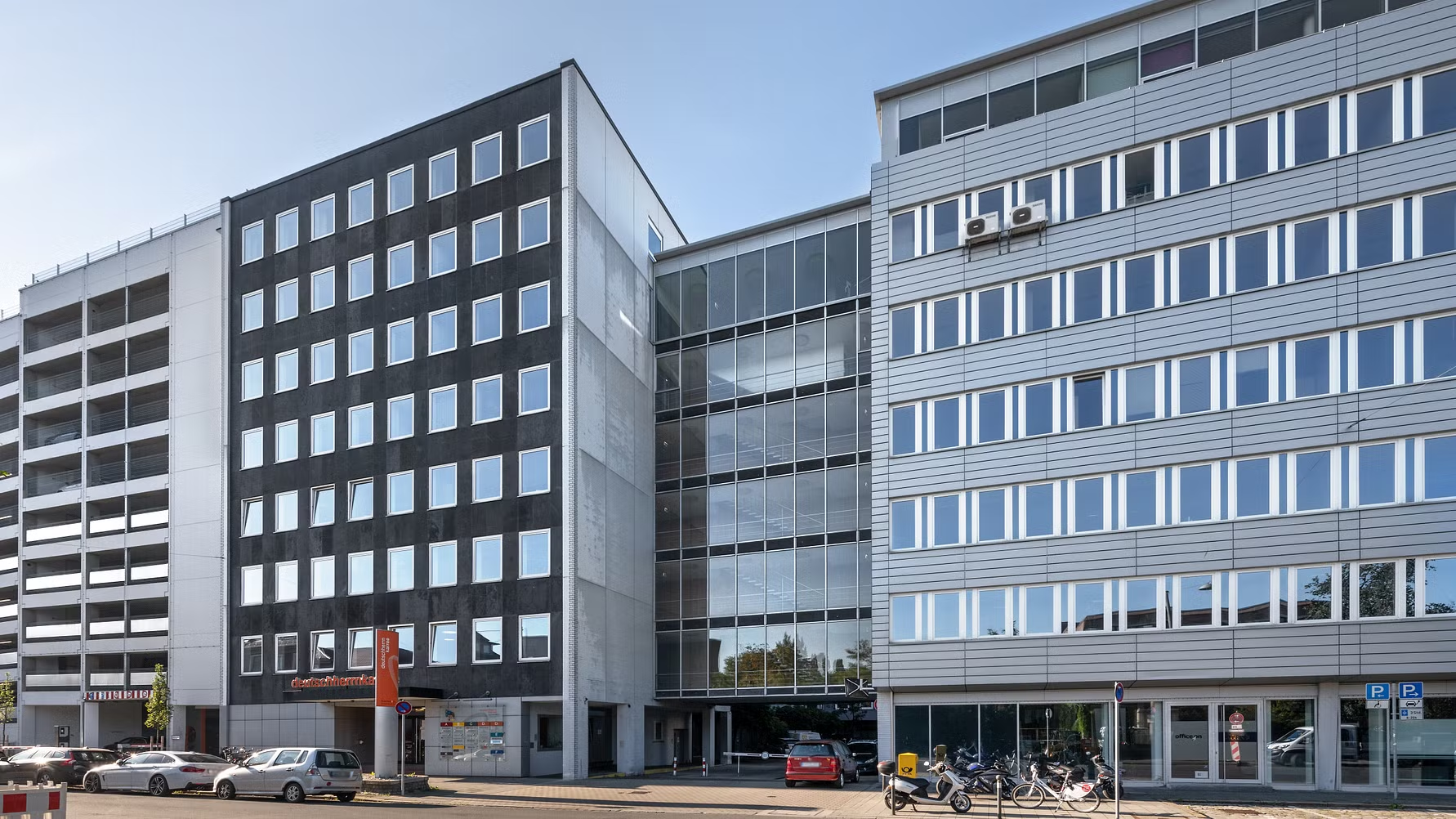Investment manager KINGSTONE Real Estate (KINGSTONE RE) today presented its KINGSTONE Family Office Real Estate Report 2025. As part of the survey, 32 family offices from the DACH region were asked about their real estate investment strategies. The core findings: Real estate is the backbone of net worth. On average, more than half – 56.5 percent – is accounted for by real estate. The second most important asset class is equities with 19.4 percent. All other asset classes such as cash or bonds have a significantly lower weighting. “Family offices invest fundamentally differently than traditional institutional investors, who have significantly lower real estate ratios. This also coincides with our discussions in practice,” comments Dr. Tim Schomberg, CEO and Co-Founder of KINGSTONE RE.
Another special feature is that family offices mainly invest directly in real estate. 81.4 percent of the real estate assets of the respondents are direct investments. In addition, joint ventures with another family office (59.4 percent of respondents) or club deals (40.6 percent of respondents) are also popular. On the other hand, investments in special funds with other institutional investors are in little demand.
Tim Schomberg continues: “Of the types of use available in the portfolio, housing is the most popular. On average, 37.5 percent of real estate assets are invested in this type of use. This is followed by offices with 25.0 percent, residential and commercial buildings with 12.8 percent and retail with 6.3 percent. It is interesting to note that renewable energies account for only 1.8 percent. We would have expected more here.”
Philipp Schomberg, co-founder and partner at KINGSTONE RE and responsible for the bank’s international investments, says: “The high allocation of the respondents’ real estate portfolios to Germany is also striking. On average, 88.3 percent of the portfolio is located in Germany. Only 5.9 percent are in Europe (excluding Germany) and another 5.4 percent in the USA and North America. Often this allocation has grown historically. Nevertheless, the question must be asked whether the German share is not far too high from a diversification point of view.”
Despite the high real estate quotas, the majority want to further expand their real estate exposures. For 50 percent of respondents, real estate assets are expected to grow slightly in the next twelve months (increase of between 0.0 and 10.0 percent), while 9.4 percent are expected to grow strongly (increase of more than 10 percent). Another quarter wants to keep the rate constant. In contrast, only a smaller proportion of 15.7 percent want to reduce the rate either slightly (up to 10 percent) or strongly (more than 10 percent).
What types of use will be in focus in the next twelve months? “The picture is very clear: the focus is primarily on housing in Germany,” says Tim Schomberg. “Residential Germany Existing and Residential Germany New construction are on the shopping list of 60 and 50 percent of respondents respectively in the next twelve months. 36.7 percent want to invest primarily in the existing portfolio and 33.3 percent in housing in the USA / North America. All other types of use are much less in demand. At the bottom of the list are Office USA, Retail Europe and Office Europe,” Tim Schomberg continues.
“When deciding to invest in a property, the attractiveness of the location, existing experience in the type of use and asset preservation are decisive,” says Philipp Schömberg. “The respondents rate the aspects mentioned more important than the topic of returns. Reputation, emotional aspects and architectural aspects, on the other hand, are of little importance. Family offices make very rational and at the same time rather conservative decisions here.”
This is also reflected in the expected dividend yields. “Almost 40 percent expect dividend yields of between 3.0 and 4.5 percent per year. 22 percent want returns of between 4.5 and 6.0 percent,” says Tim Schomberg. Only a smaller group – 25 percent – expects dividend yields of more than 6.0 percent.
The survey was conducted from August 25 to September 23, 2025. A total of 32 family offices took part in the survey. 43.8 percent of those surveyed manage net assets of more than EUR 500 million, and a further 12.5 percent manage between EUR 100 million and EUR 500 million.
